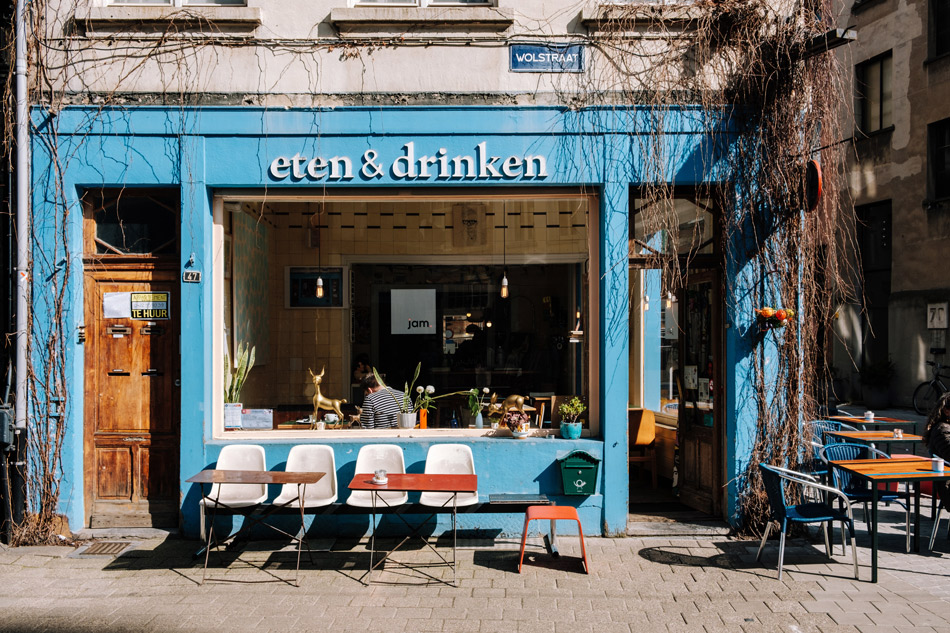If you’re waiting patiently for the retail industry to settle and establish a predictable pattern of success, you’re wasting your time. The Global Retail Real Estate Convention – or RECon – convened in May of this year, encouraging continued discussions about where retail is headed. Forty thousand registered attendees and 1256 exhibitors, 150 of those being new to the conference, all confirmed what many have assumed: Change is what retailers should be expecting. Retailers will be opening new stores, closing others, updating formats, and including small-store footprints in efforts to capture customer interest. Traditional models are faltering fast, and the future of retail is here.
Agile retail is taking over
Traditional models of production no longer meet consumer expectations. This is particularly true for fashion companies that display models and contemporary designs at highly publicized events. Unfortunately, these designs can take up to six months to hit the shelves of retailers. Why would consumers wait when fast fashion companies are flooding the market with high fashion at warehouse prices? The turnaround from production to shelves is a mere ten days for some retailers, meeting the consumers exactly where they are, when they are. Even the top brand names are struggling to keep up, when the fashions they deem as “in style” are already on sale somewhere else.
Store redevelopment is a top priority for large retailers
With agile retail looming, retailers are capitalizing on pop-up spaces to meet the demand. Shopping centers that used to rely on anchor stores, many of which are now closing their doors, are now building permanent pop-up spaces that are catering to both shopper and retailer demands. Short-term leases are now the expectation for retailers, and consumers are enticed by new displays and experiences. It is a win for both parties, where stores can test innovative products and designs while simultaneously engaging with customers.

New models of retail capture the changing interests of consumers
Despite the efforts that retailers are making to change strategies, the brick-and-mortar store remains only a piece of a very complex puzzle. By leveraging data, retailers can predict what consumers want next month and have it for them next week. All it takes is the right engagement for retailers to gain insight into what should be sold next and begin preparation before consumers have voiced their demands.
Why is agile retail so successful? This flexible model offers the personalized experience that consumers crave, and the convenience is undeniable. The needs and wants of target audiences change rapidly, and any retailer that can keep up is bound to find success. Regardless of industry, agile retail is a prominent force that is improving the customer experience and changing the face of retail. There is no longer a “normal” in retail, as the customer paves the way.




